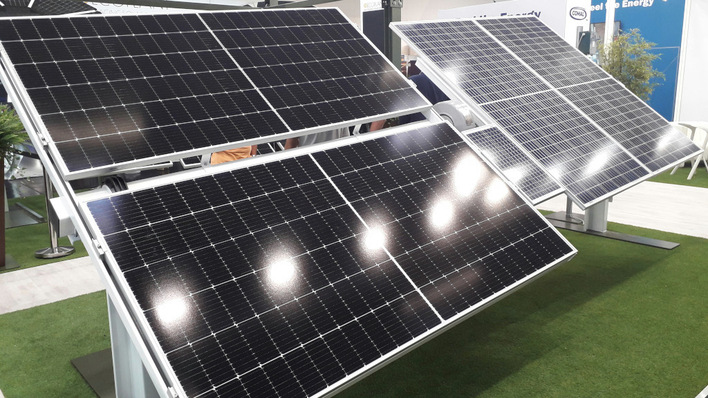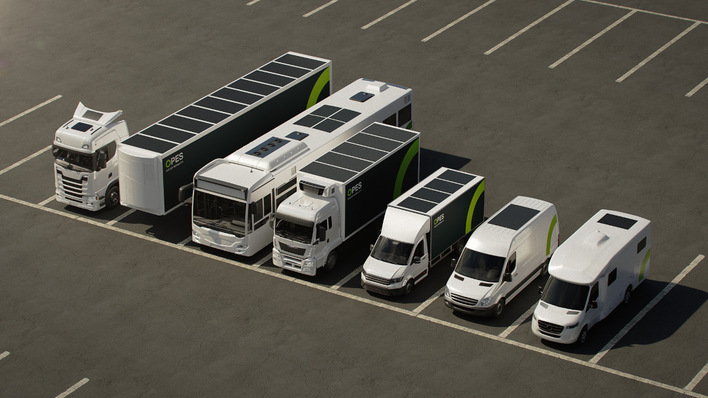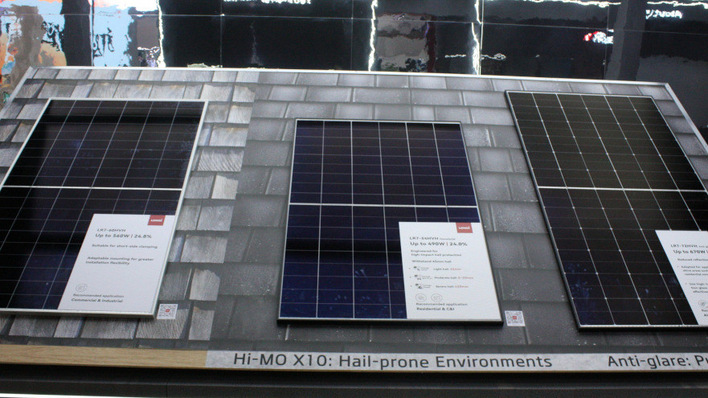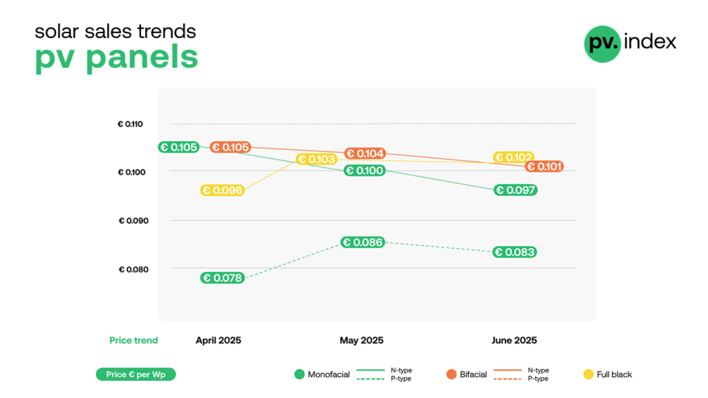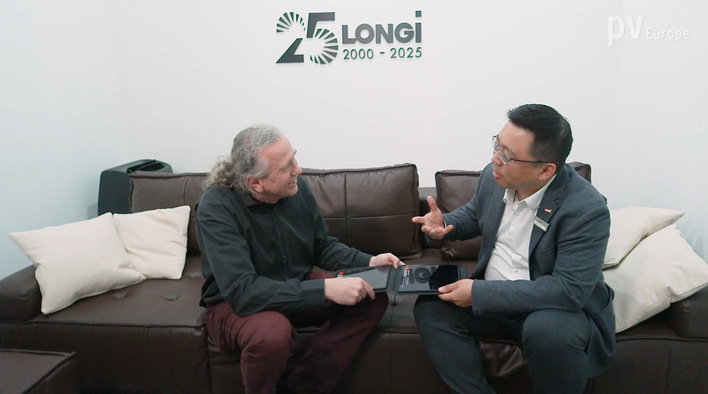The researchers from the Karlsruhe Institute of Technology (KIT) published their results in the journal Nature Energy. According to the paper, the efficiency could be improved with targeted light management, high-throughput laser structuring and the use of industrially established coating processes.
See also: Perovskite tandem cells with good environmental performance
Solar cells made of perovskite semiconductors are a beacon of hope for the industry thanks to their high efficiency and low manufacturing costs. But the efficiency of a perovskite single cell is limited despite the enormous development. This limitation can be overcome by stacking two solar cells with different band gaps. The band gap is a material property that determines the part of the light spectrum that a solar cell absorbs to generate electricity.
Stacking increases efficiency
Tandem solar cells use a broader portion of the light spectrum and deliver more electricity, thus offering higher efficiencies. Perovskite solar cells with tunable bandgaps are ideal as tandem partners for solar cells made of other materials, but also for perovskite-perovskite tandem solar cells. These have a more cost-effective production, processing with solution-based methods as well as a high mechanical flexibility. In addition, it is possible to combine different single cells with different perovskite band gaps.
Also interesting: Sharp achieves impressive efficiency with a flexible solar module
Research assumes that perovskite-perovskite tandem solar modules will conquer high market shares in the future, provided they meet the requirements for stability and scalability. Scalability means that developments can be transferred to larger scales and to mass production. (nhp/mfo)



